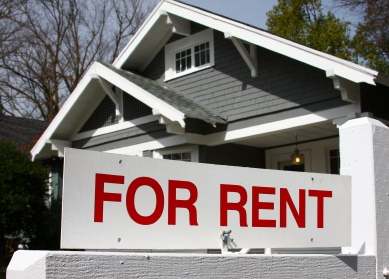When people hear the word “debt,” they often cringe. Debt has a bad reputation—and for good reason. Most people associate it with high-interest credit cards, payday loans, or financing a flashy new TV they probably didn’t need. But not all debt is created equal.
Let’s break this down: if you borrow money to buy something that immediately depreciates in value and provides no future income—like the latest smartphone or a fancy vacation—you’re funding consumption. This is what we call bad debt. It’s the kind of debt that does nothing for your future and often puts you deeper in the financial hole.
On the other hand, there’s something called leverage. This is debt used to buy or build income-producing assets—something that puts money in your pocket over time. Let’s say you borrow money to purchase a rental property. If the rent you collect exceeds your mortgage payments, insurance, and maintenance costs, that borrowed money is working for you. You’re earning a return by taking on a calculated risk.
This principle doesn’t just apply to individuals—it’s just as relevant to businesses.
Imagine you run a small business and decide to take out a loan to upgrade your facility or buy new equipment that allows you to produce a new product line. That’s not frivolous spending. That’s an investment. The borrowed funds are being used to grow the business’s capacity to generate more revenue. It might also boost the overall value of your business—a win-win.
Even borrowing to develop a new service offering or to invest in training for your staff can be a smart use of debt if it leads to increased sales, efficiency, or competitive advantage. In each of these examples, you’re leveraging borrowed capital to create future gains. You’re not just spending money—you’re investing it.
Of course, all leverage involves risk. That’s why it’s crucial to ensure that the returns you expect are reasonable and that your business has enough cash flow to cover debt service. The key question is: Will this debt pay for itself—and then some?
So, let’s bring it back to you.
Take a moment to look at your business finances. Are you carrying debt? If so, how much of that debt is tied to productive investments versus consumptive spending? Did you borrow to buy inventory that sells regularly and turns a profit? Or did you put new office furniture on a credit card simply because it looked nice?
It might be time to reclassify the debts on your books and have an honest conversation with yourself (or your accountant) about which ones are truly serving your business’s future. Good debt should help you grow. Bad debt holds you back.
Use this lens going forward. When you’re faced with a decision to take on debt, ask: “Will this borrowing help me earn more, grow more, or build more value in my business?” If the answer is yes—and you’ve run the numbers carefully—then you’re probably looking at good debt.
If the answer is no, it might be time to hit pause.
What percentage of your business debt is really working for you?












